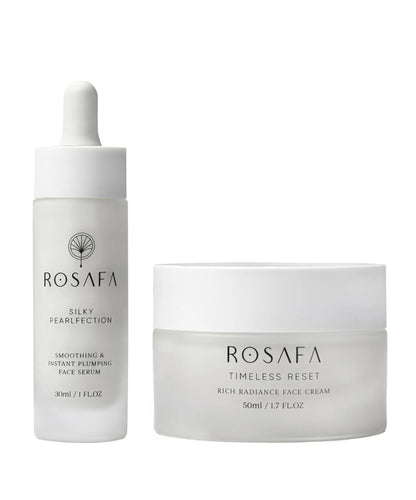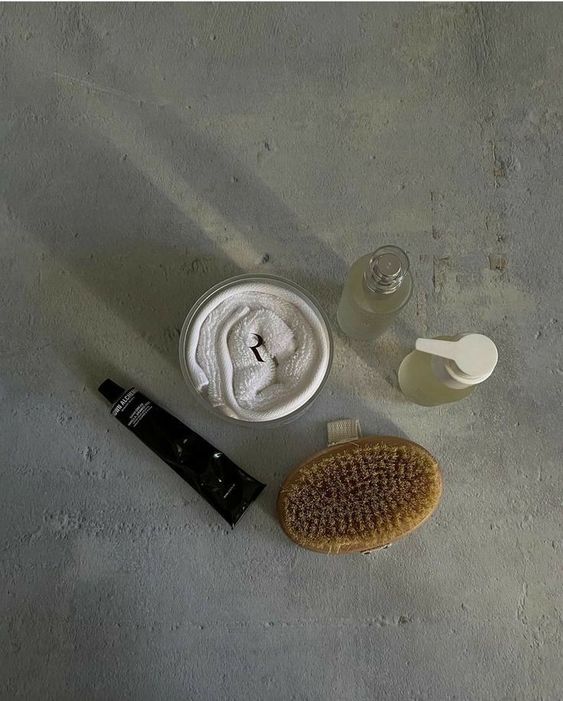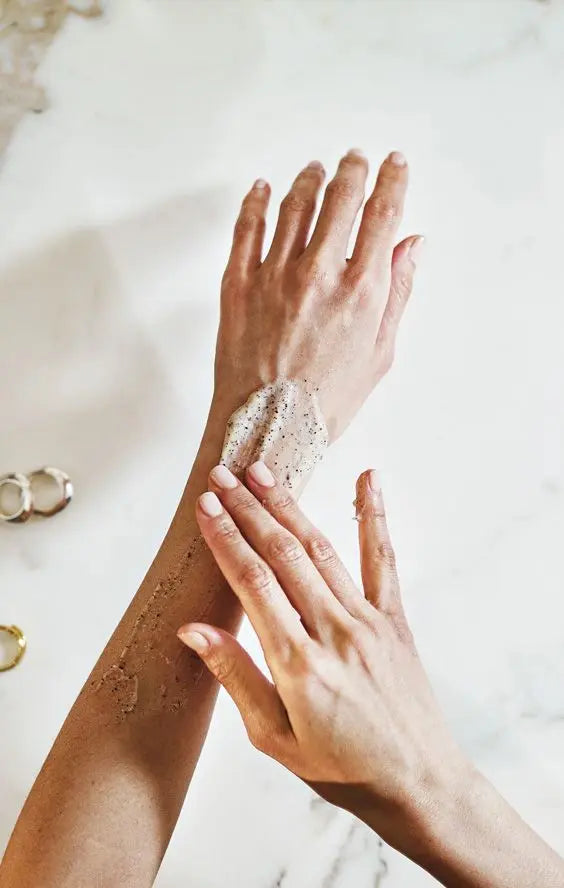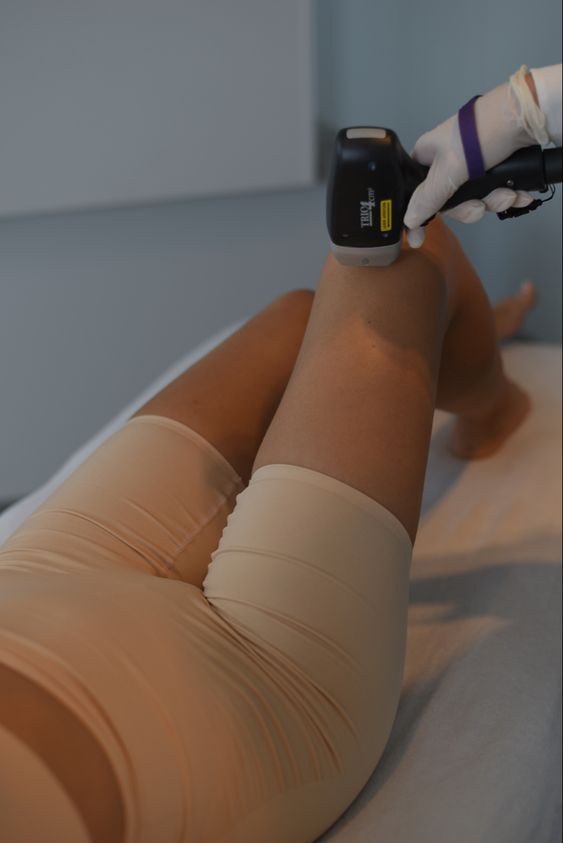
In the quest for flawless and radiant skin, the ever-evolving world of skincare and cosmetic procedures has witnessed remarkable advancements. Among these, IPL (Intense Pulsed Light) has emerged as a revolutionary non-invasive beauty treatment that addresses a wide spectrum of skin concerns, from acne and redness to dark spots and unwanted hair. In this article, we delve into the intricacies of IPL, exploring its working mechanism, myriad benefits, potential side effects, and everything in between.
What Is IPL?
IPL, or Intense Pulsed Light, is a cosmetic procedure that uses broad-spectrum light to target various skin issues⦗1⦘. It is often confused with laser therapy, but the two differ in terms of light emission. While lasers emit a single wavelength of light, IPL uses a polychromatic one (from 500 nm to 1,200 nm), thus making it versatile for treating multiple skin concerns simultaneously⦗1⦘⦗2⦘.
You might be wondering,
how does IPL work?
It delivers high-intensity pulses of light that penetrate the skin´s surface and targets specific chromophores (light-absorbing molecules within the skin cells)⦗1⦘. The most common target chromophores include melanin, hemoglobin and collagen⦗1⦘. This absorption converts the light energy into heat, which selectively damages the specific cells or structures without causing harm to the surrounding tissue⦗1⦘.For example, IPL can selectively target melanin causing the pigmented cells to break down and be naturally eliminated by the body⦗1⦘. This phenomenon is known as thermocoagulation and results in a much more even skin tone⦗1⦘. In case of spider veins or broken capillaries, hemoglobin absorbs the light, heating the blood vessels and causing them to collapse⦗1⦘. The body then reabsorbs the damaged vessels, reducing the appearance of redness and vascular lesions⦗1⦘. Similarly, old collagen is broken down and what is responsible for its production is stimulated into forming new one⦗1⦘. Regarding hair removal, the pigment in the hair shaft absorbs IPL light and then the heat accumulated destroys the follicle⦗1⦘.
Benefits of IPL
IPL laser treatment boasts a wide range of benefits, making it a popular choice among individuals seeking solutions for the following concerns⦗3⦘:
- Acne (minimizes inflammation)
- Hair removal
- Hidradenitis suppurativa
- Freckles
- Melasma
- Post-inflammatory hyperpigmentation
- Photo-aging
- Nevus (Becker's, Port Wine Stain, Ota)
- Rosacea
- Scars and keloids
- Hemangioma (vascular tumor)
- Telangiectasias (thread veins)
- Seborrheic keratosis
- Stretch marks
For maximum facial
IPL results
, clients should undergo 4-6 sessions spaced out at intervals of 4 weeks. If your purpose is to remove unwanted hair or treat a body area, 6-10 sessions will be required every 4-8 weeks. After that, top up treatments are usually scheduled on a yearly basis.One of the standout advantages of IPL is its use in at-home hair removal devices. These devices harness the power of IPL to target hair follicles, providing a convenient and less painful alternative to traditional methods.
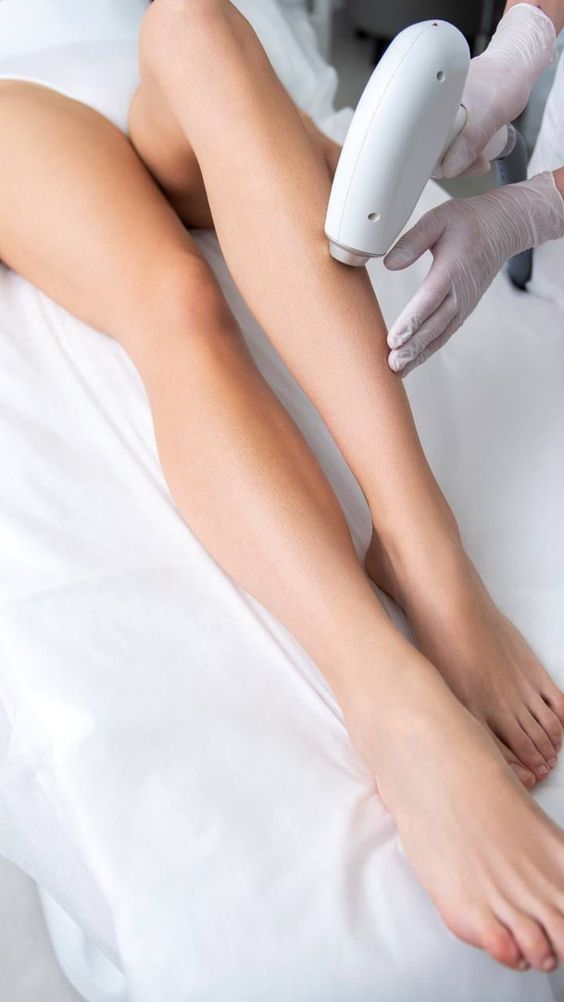
IPL Side Effects
and RisksLike any cosmetic procedure, an
IPL treatment
is not without its pitfalls. Common side effects include temporary redness, swelling, blisters, scabbing and a mild burning sensation during the procedure⦗4⦘. These effects typically subside within a few hours to a couple of days, making IPL a relatively low-risk option compared to more invasive treatments.However, it's crucial to be aware of potential risks, such as burns, changes in pigmentation, scarring or infection⦗1⦘⦗4⦘. These risks are rare but emphasize the importance of choosing a qualified and experienced practitioner for IPL treatments.
Using
IPL on dark
skin is tricky and requires extra caution. Shorter wavelengths, which are good for fair skin, can cause pigmentation changes in darker skin, but newer cooling tech in devices helps reduce this risk⦗1⦘. IPL hair removal might actually cause more hair to grow, especially in darker-skinned individuals⦗1⦘. This condition is known as paradoxical hypertrichosis though the way this mechanism takes place has not been fully understood⦗1⦘. The best ways to tackle this includes adjusting treatment parameters, changing wavelengths, and using topical formulas to slow hair growth⦗1⦘.Safety is paramount when undergoing an
IPL skin treatment
.Wearing appropriate eye protection, such as
IPL safety goggles
, is essential to shield the eyes from the intense light emitted during the procedure.Now the Million Dollar Question:
Does IPL hurt?
The sensation experienced during IPL treatments can vary from person to person and depends on your pain threshold. Some people may feel mild pain, often described as a snapping of a band on the skin surface, especially with higher intensity settings or on more sensitive areas of the body. However, many individuals find IPL treatments tolerable and report minimal discomfort.
To manage any discomfort, cooling gels or numbing creams may be applied before the treatment. Additionally, newer IPL devices often incorporate cooling mechanisms to enhance patient comfort during the procedure. It's essential to communicate any sensation you may feel with your treatment provider so they can adjust settings or provide additional measures to ensure your comfort throughout the session.
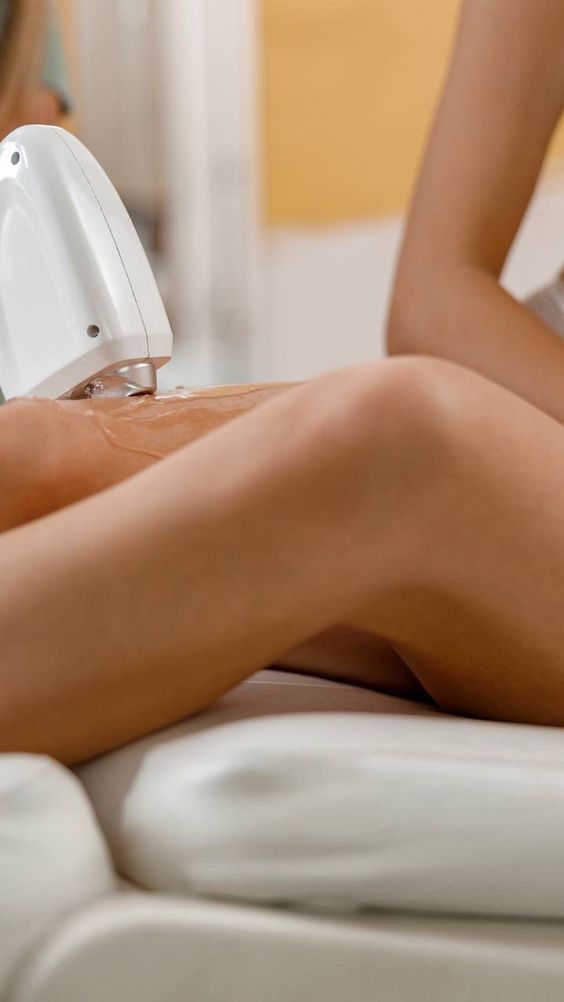
IPL Recovery Time & Cost
Recovery time after an IPL session is relatively short, contributing to the popularity of the treatment. Typically, it lasts 24 to 48 hours, although it can sometimes extend for as long as 10 days. To aid in recovery, practitioners may recommend using soothing creams, applying sunscreen, and avoiding direct sunlight for a short period of time.
IPL cost
varies based on factors such as the area being treated, the number of sessions required, the severity of the condition and the location of the clinic. Generally speaking, the price of an IPL session starts at US $350 and can go as high as US $2,500.At-home IPL devices cost around the same as one professional IPL session. While they can be effective for hair removal and mild skin concerns, they may not offer the same precision and power.
The Takeaway
In the realm of cosmetic procedures, IPL treatment stands out as a versatile and effective solution for a wide array of skin concerns. From dark spots to vascular lesions and unwanted hair, IPL has proven its worth in delivering noticeable results. As with any procedure, it's crucial to weigh the benefits against potential risks and consult with a qualified practitioner to determine the most suitable course of action for individual needs. To learn more about the latest trends in skincare, make sure to follow us on Instagram, Facebook, Pinterest, and LinkedIn.
References:
[1] Intense Pulsed Light (IPL) Therapy - StatPearls - NCBI Bookshelf (nih.gov)
[3] 2017_9-ing.pdf (bvsalud.org)
[4] ipl-studie-2.pdf (mikronmed.se)
DISCLAIMER: All brand names are the property of their respective owners.

